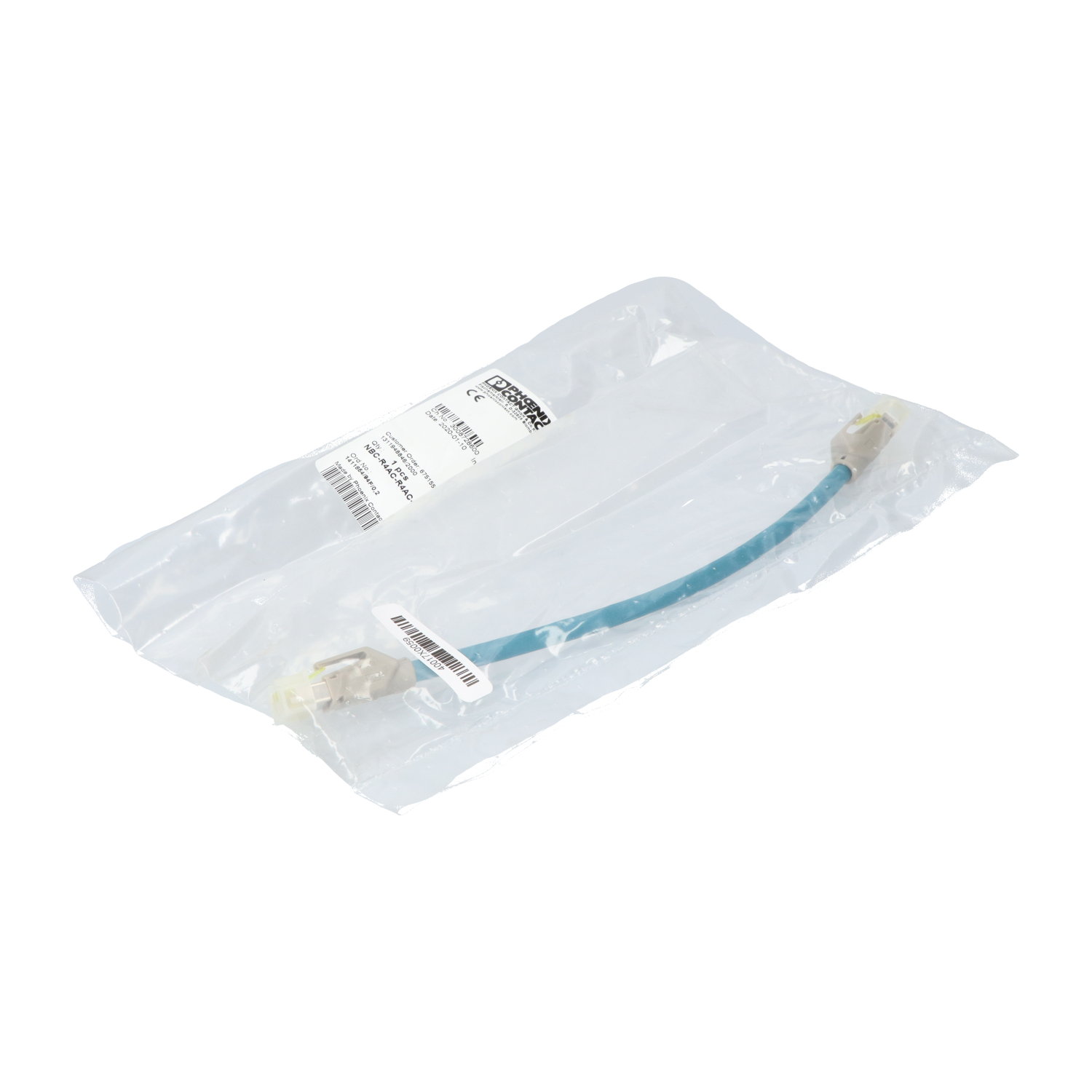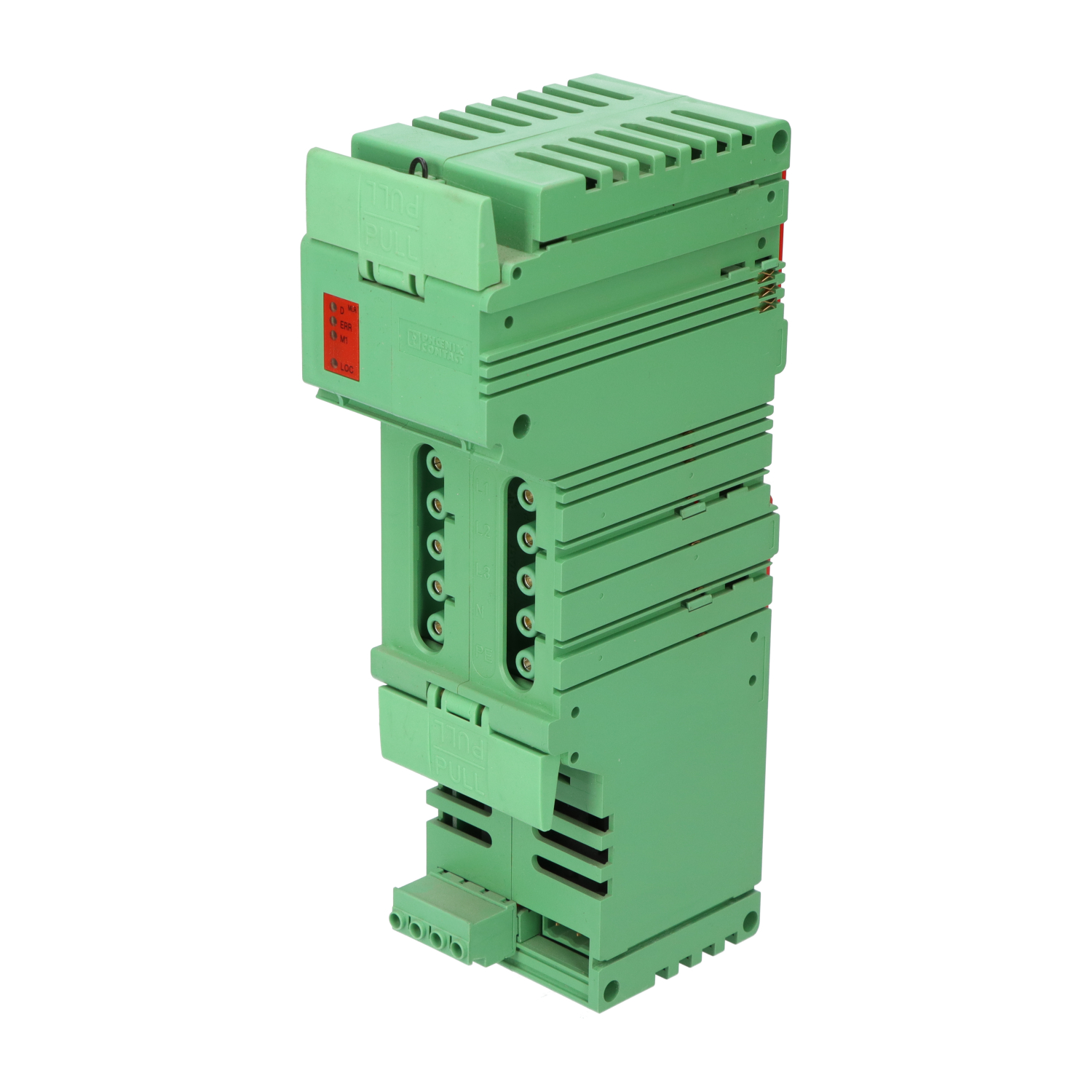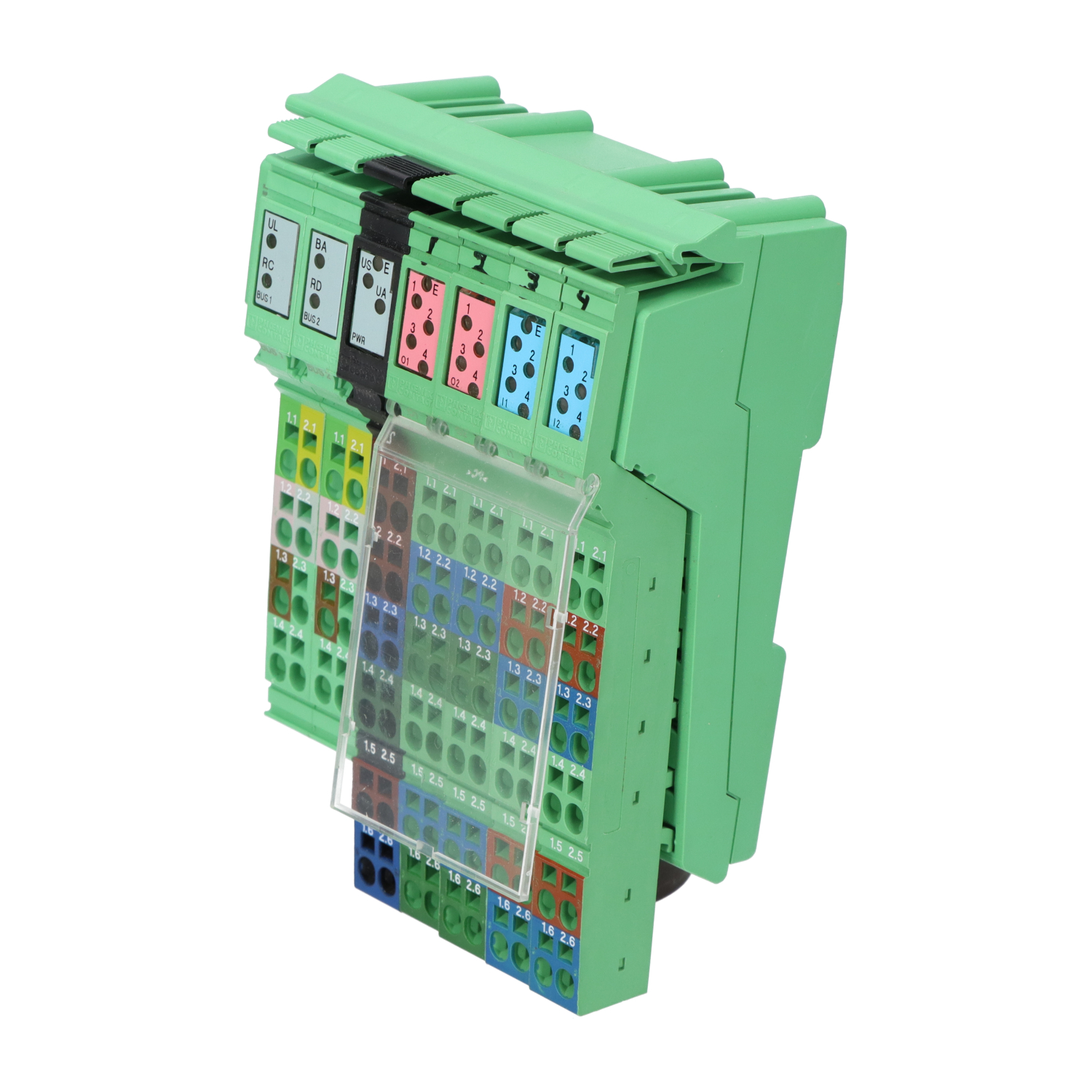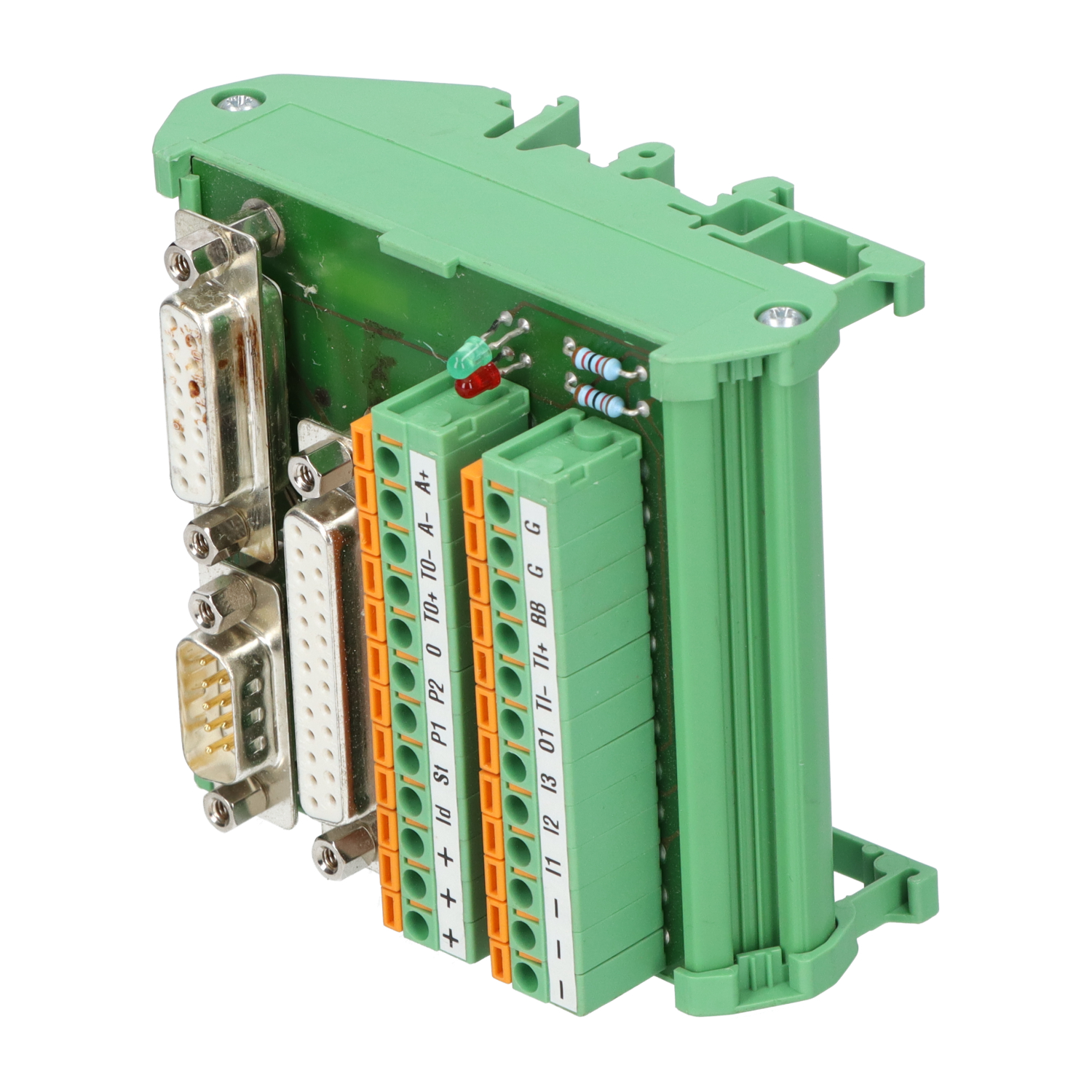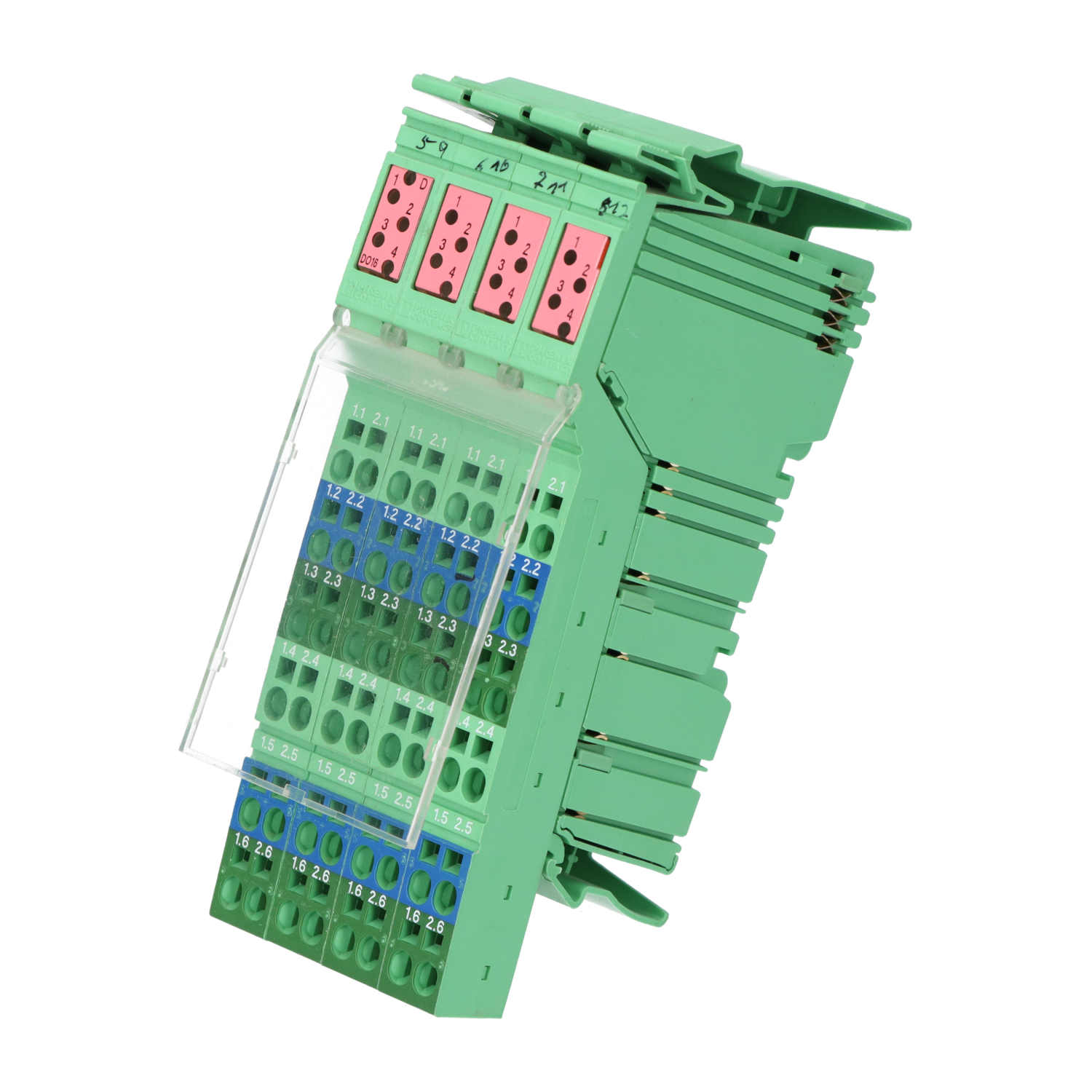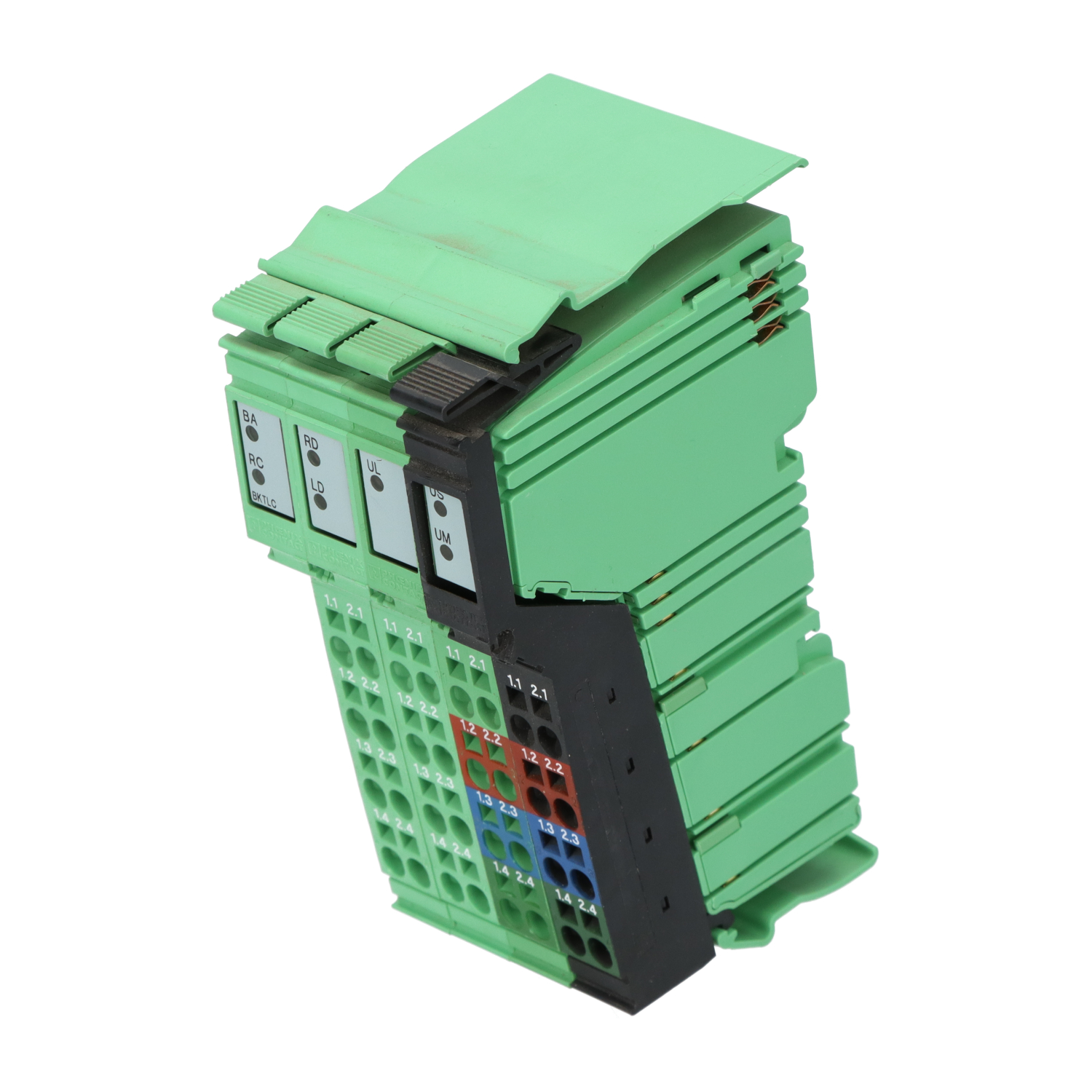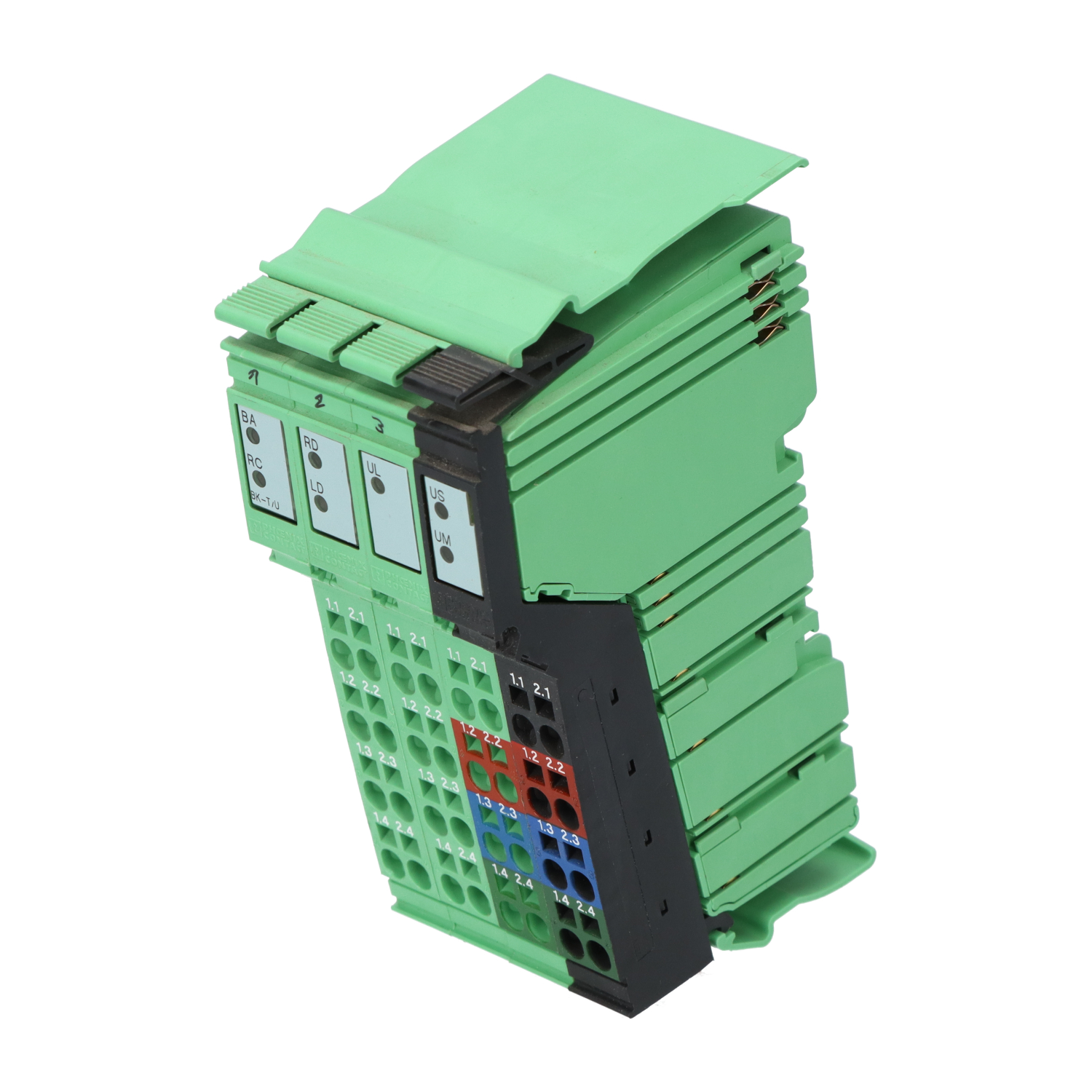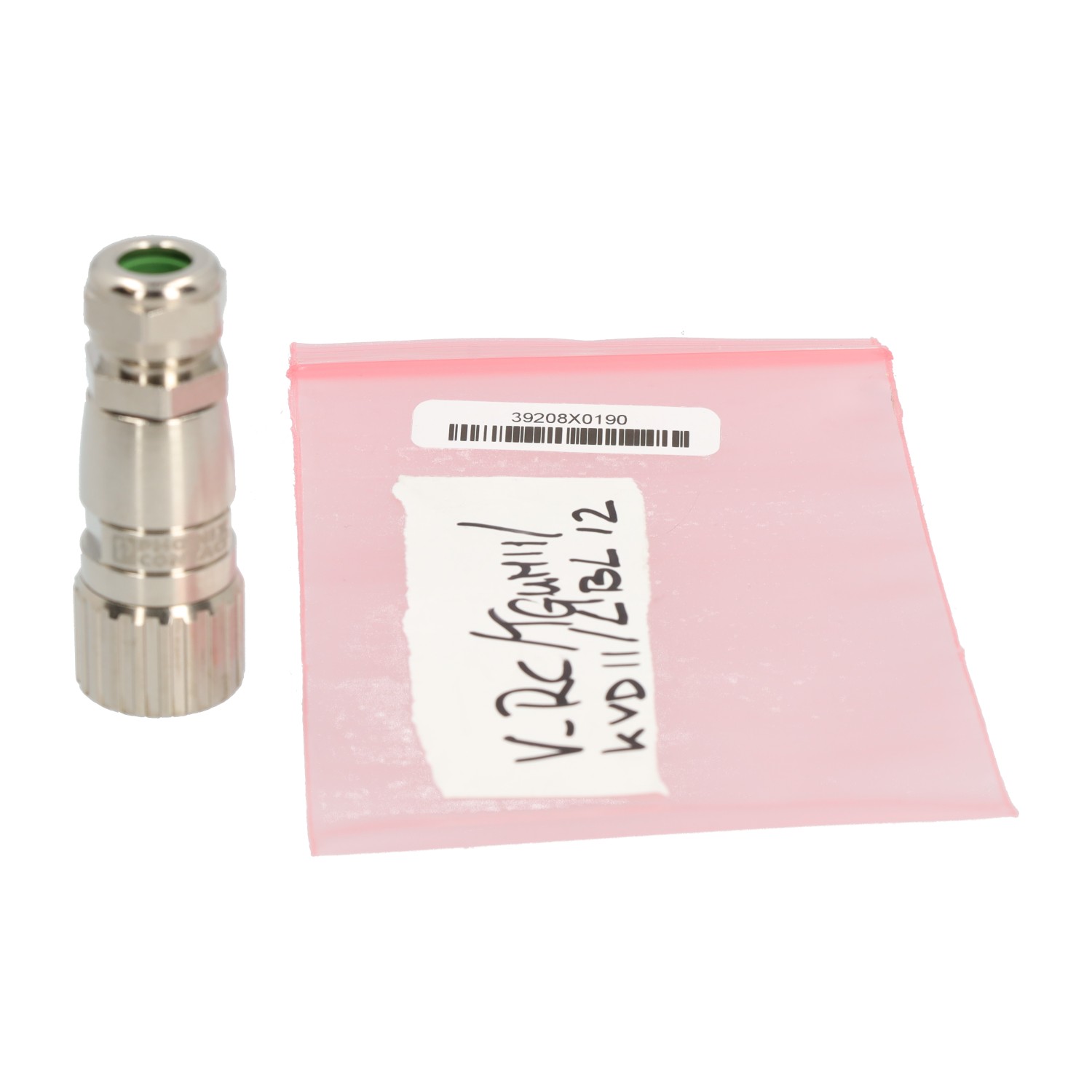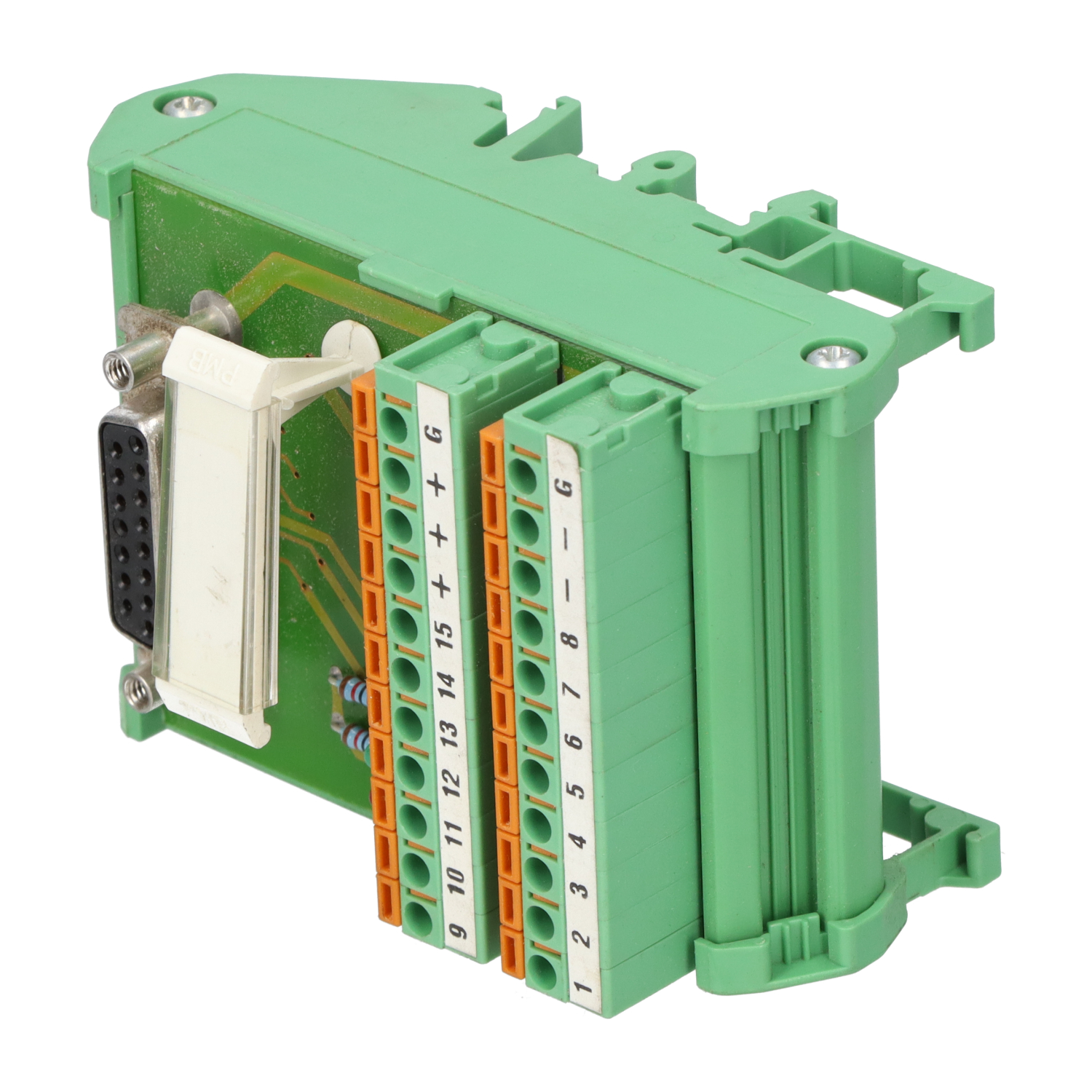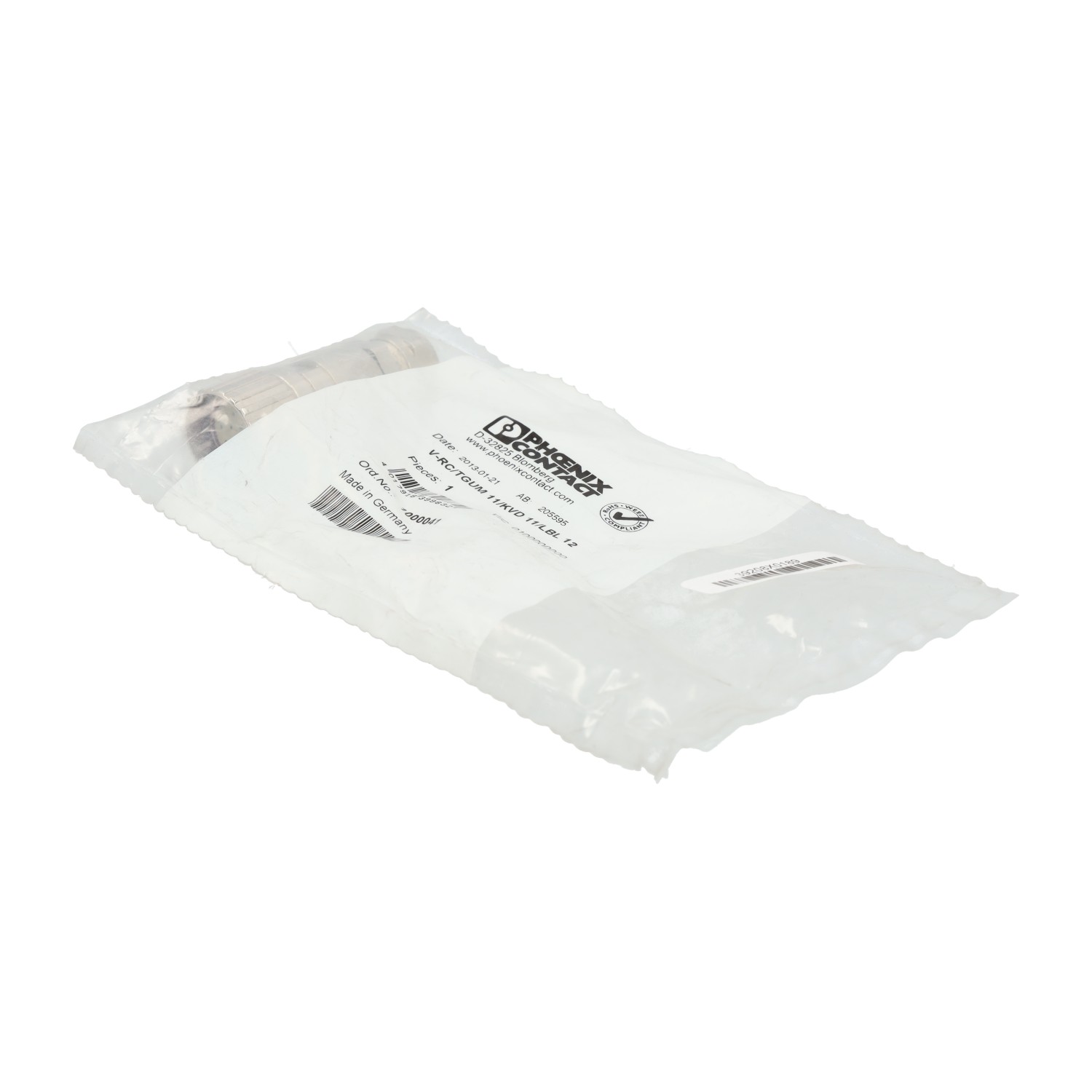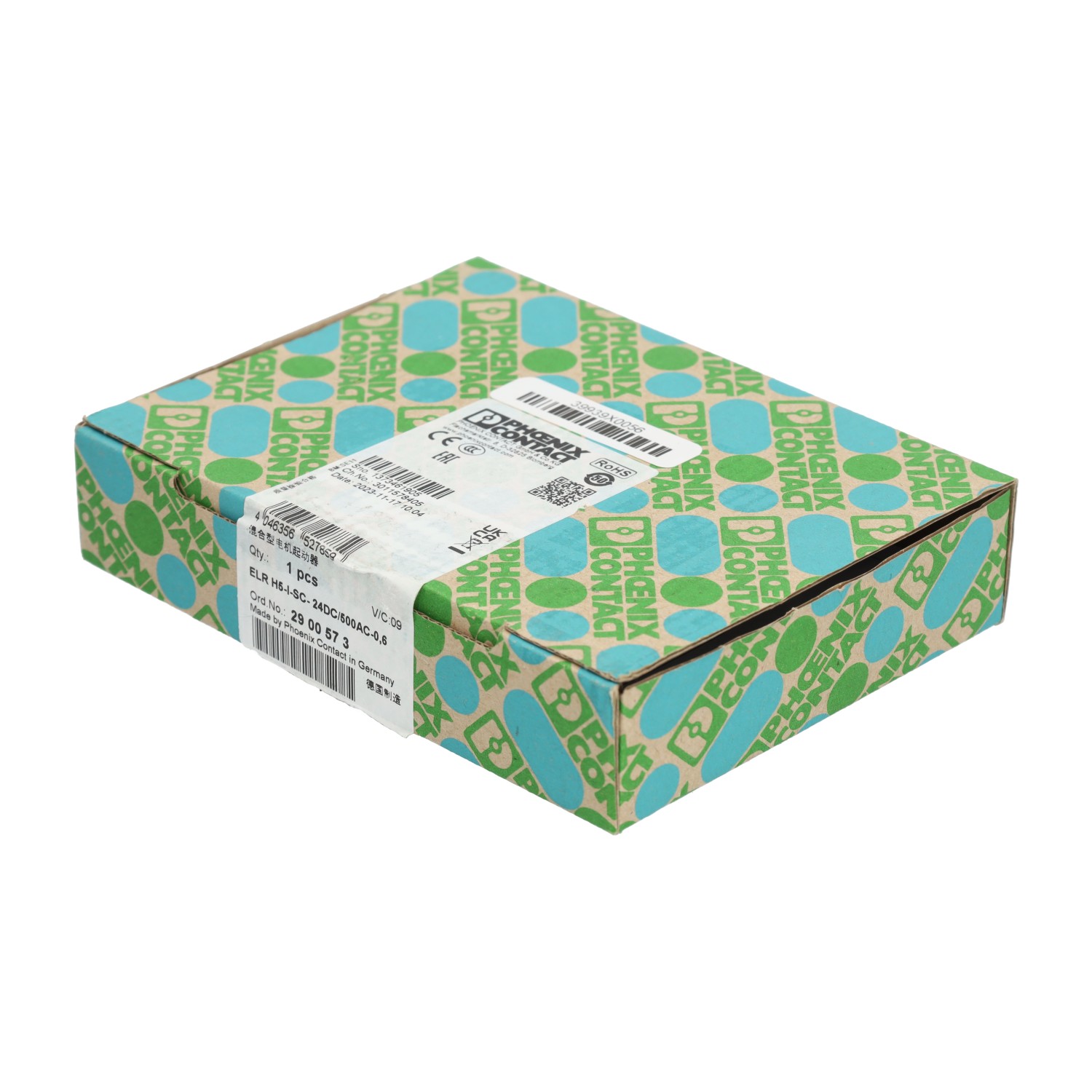Input/output modules (I/O modules), memory cards and racks
For all your automation setups, we stock input and output modules. They are also known as I/O modules, and they come in all shapes and sizes. In addition, the range also includes other data transfer supplies such as memory cards and racks. Models from a variety of established brands are available, such as Allen-Bradley, Schneider-Electric, and Siemens.
PLC systems
Variations of I/O modules
A variety of industrial I/O module types exist with different features. In our assortment, you can easily find one that suits all your automation needs and PLC configuration requirements. Individual, dedicated input or output modules are available, as well as combined or mixed I/O modules which contain both inputs and outputs. You can opt for a digital or analog model. Examples of form varieties are panel mounted modules, printed circuit boards or PCBs, and rack mounted units. Consider the attributes you require for your system configuration, as many combinations of features are possible. All these devices act as a connective link between the CPU and all attached peripheral equipment. They allow for the communication from the computer to the connected devices and vice versa.
Digital input modules
Digital input modules are used to register the state of input signals, such as switches, temperature sensors and pushbuttons. This data is then sent to the computer. Digital input modules are also referred to as discrete modules. They receive signals from input units that can represent only two states of affairs: either open or closed, or on or off. Binary inputs (i.e., 1 or 0) are employed to ascertain the status of the connected input device. Let’s take a look at a few examples of such devices. Pushbuttons are used to make or break a contact and can be described as either normally open (N.O.) or normally closed (N.C.). Limit switches are another example. The state of these switches is modified as soon as a certain pre-determined threshold is reached, e.g. a pressure, temperature, or level limit. Proximity sensors provide digital input signals as well. These register the presence and absence of close objects made of different materials, without actually making contact. A beam of electromagnetic radiation like infrared is cast, or an electromagnetic field is generated. Any change in the return signal or in the electric field is picked up.
Analog input modules
Analog input modules, on the other hand, are able to determine values instead of two-state signals. For instance, an analog module can detect readings such as 0 to 10 volts DC, -10 to +10 volts DC, or 4 to 20 milliamps. Analog signals are continuous signals. The quantity represented, such as power, current, or voltage, varies with time. Examples include sensors which measure temperature, pressure, strain, or force. PLC applications of analog input models typically entail thermocouple input devices, resistance temperature detector (or RTD) inputs and position or displacement sensors. Some examples of industrial implementations of this technique in practice are oil pressure sensors and weight scales.
Digital output modules
A digital output module is used to control or operate a DC voltage device. The commands and instructions are determined by the PLC program. They are based on the conditions of the field device linked to an input module. Two digital PLC output module types exist, namely Relay and Solid-state. The first one is equipped with relay contacts and physical coils. The second type, also known as a switching module, is used to turn devices on or off via a Triac or a Bipolar Junction Transistor (BJT). Some examples of applications which involve digital output modules include relay contacts, solenoid valves, lamps, starter motors, actuators and other device types which operate with ‘ON’ and ‘OFF’ conditions.
Analog output modules
Analog output modules are often employed for controlling motors in industrial environments, actuators, drives and proportional valves. There are two architecture types predominantly used in analog output module configurations. A dedicated digital-to-analog-converter, also known as DAC, can be employed per channel to generate the required analog current or voltage. The second architecture variant is called Sample-and-Hold per channel, where an analog signal is captured and held it during an operation.
Combined I/O Modules
Combined or mixed I/O modules offer both inputs and outputs. Analog as well as digital designs exist. As all inputs and outputs are clustered in a single, compact module, you are guaranteed an efficient use of space in your installation, switching cabinet or system configuration.
Remote input and output modules
Often a local I/O module implementation is applied, i.e., sensors, actuators and PLC are housed in the same control cabinet. However, it’s also possible to opt for remote technology. This is a very convenient solution if you need to have access to sensor-level data in areas which are difficult to reach. In other cases, the field conditions are too harsh for the PLC. Finally, a remote I/O set-up also allows you to avoid running a lot of long cables. Consider a remote configuration to save maintenance costs and downtime when it’s time to replace a device.
Memory cards and memory modules
A wide array of individual memory cards, modules and control boards are available to compile your PLC set-up as required, with different memory capacities. Program and data files can be stored to the memory card. It can be used to save your project files. Make sure to select a memory card module which is compatible with your system, as there are many different types available. Even when the model fits physically into a memory slot, a special configuration or type of formatting might be required as not all devices and cards are compatible.
Racks and chassis
The concepts of rack and chassis are often used interchangeably. We supply a range of rack or chassis types in which your I/O modules, CPU, power module and other PLC components can be installed. The purpose of a rack is to hold the modules and provide them with the required operating voltage. Through signal buses, the single modules are linked to one another. A complete PLC configuration can consist of multiple racks, subdivided based on function. The rack which holds the central processing unit is referred to as the central rack or CR. The ones containing the system modules, which are connected to the central rack, are the expansion racks (ER). Finally, racks used to assemble all combinations of both central and expansion racks, are called universal racks (UR).

